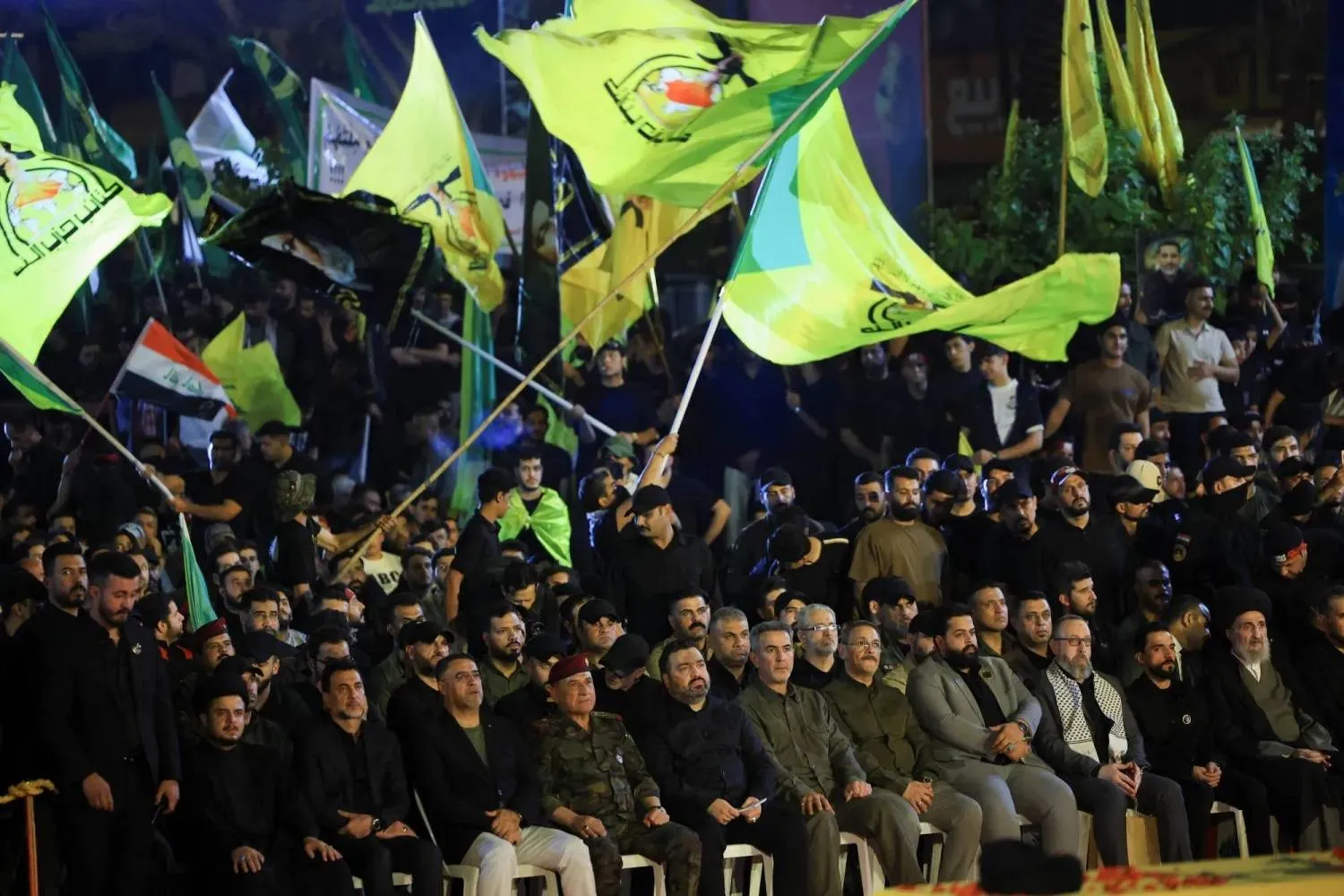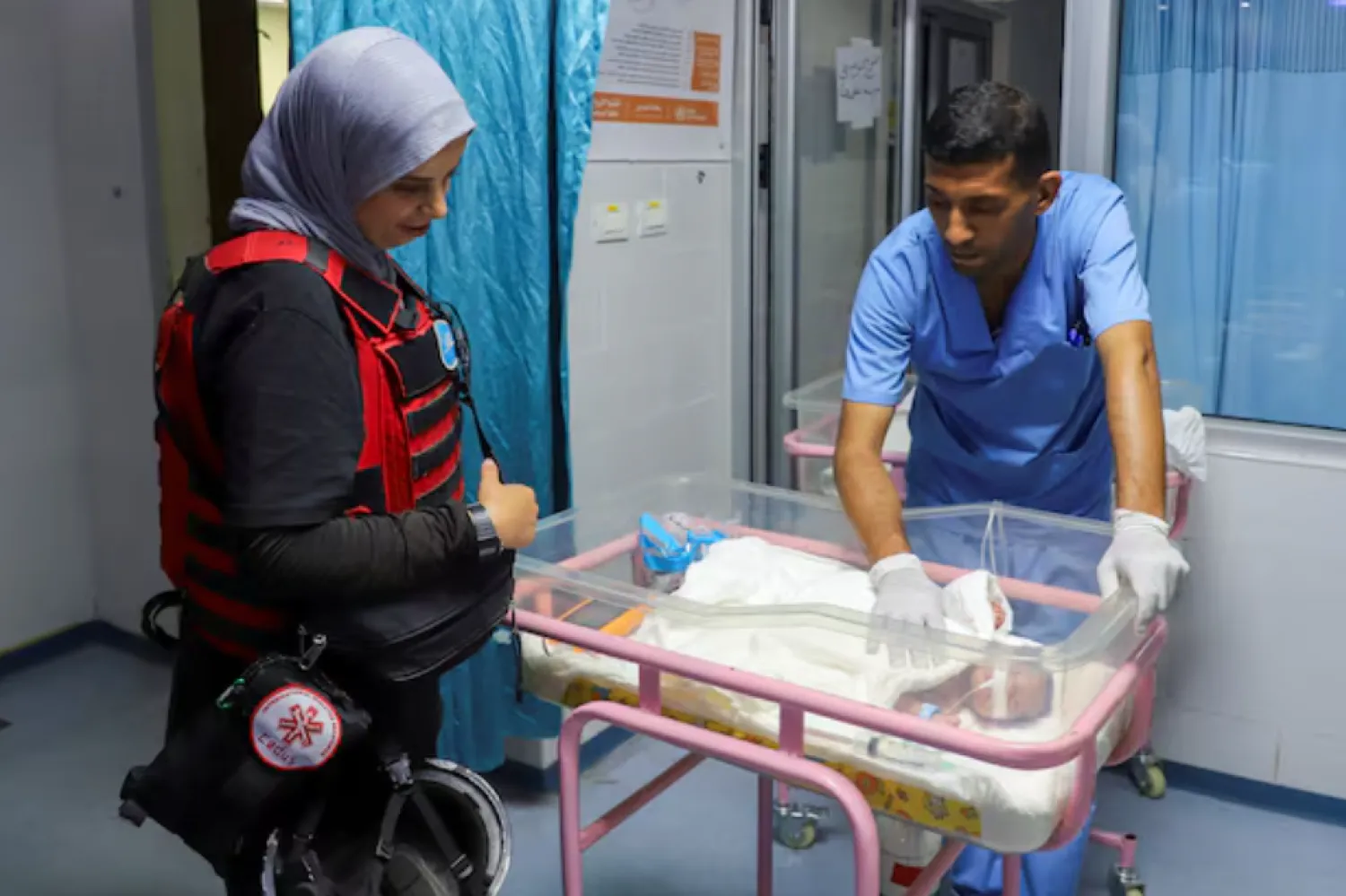The chances of the Syrian conflict turning into an open and possibly long-lasting war between competing regional powers are growing, following a sudden shift in the balance of power.
For years, foreign forces have been drawn to Syria, using their military strength to support President Bashar al-Assad’s government.
The conflict reached its height after 2011 when Iran’s Revolutionary Guard and allied Iraqi factions, backed by Russia, joined the civil war. At the same time, the United States stationed troops in Syria to fight ISIS.
Later, key international players agreed to a political deal to reduce tensions, known as the “Astana Process.” However, Iran kept its military presence to secure the supply route between Tehran and Beirut, while the US set up military bases in northeastern Syria.
Roots of 2011
Response: When the Syrian uprising began in 2011, before it turned into a civil war, Türkiye was uncertain about its political and military options. The Turkish National Security Council spent weeks in May 2011 reviewing reports on the "Syrian crisis" from Hakan Fidan, then head of intelligence and now foreign minister.
Two years later, Türkiye saw Iran's Revolutionary Guard, Hezbollah, and Iraqi militias taking positions in Syria. Meanwhile, Türkiye focused on countering Kurdish forces in northern Syria with support from Arab allies. It also hosted millions of refugees, creating both an economic burden and political tensions at home between the ruling AKP and opposition CHP.
Extremist Groups: ISIS and other extremist groups expanded across Syria and Iraq, prompting a range of forces to join the fight. These included the US-led coalition, Kurdish factions, Iran’s Popular Mobilization Forces, the Revolutionary Guard, and the Syrian army.
Russian Role: Russia entered the Syrian conflict at a time when it was not yet focused on the war in Ukraine. It took control of Syria's coastline, strengthened its presence in the Middle East, and deepened its alliance with President Bashar al-Assad.
Syria’s ‘Al-Aqsa Flood’
Tehran and Moscow: After the ceasefire between Hezbollah and Israel in Lebanon, Iran found itself unable to act. When Syrian armed factions launched a rapid advance beyond Aleppo and Idlib, Iran did not respond clearly. Meanwhile, Russia was too focused on the war in Ukraine to intervene.
Turkish Timing: Türkiye made its move clear, with President Recep Tayyip Erdogan stating just days ago that the situation in Syria is "managed calmly," showing Türkiye’s intentions to act ahead of others towards Damascus.
Syrian Factions’ Organization: The opposition groups fighting against both Assad and Iran showed increasing organization last week. While their leaders are linked to radical movements, the groups have so far avoided war crimes, maintaining discipline. It remains to be seen if this continues.
Syrian Army: The Syrian army’s retreat was notable as cities fell, including those after Aleppo. This could indicate a political decision to avoid fighting, weakening any political solution, or that the army is too weak and disorganized to protect the cities.
Battle for Damascus
“Iran’s options are now limited,” says an Iraqi political advisor who recently visited Washington and heard “new” views on Syria.
“Tehran has no bargaining power left, which makes it more dangerous if it decides to act with no political leverage,” the advisor warned.
Historically, Iran has never allowed Assad’s fall. However, sending forces now to support Assad would mean declaring war on Türkiye, especially with Russian hesitation and US indifference.
In Baghdad and Beirut, risks are growing as factions advance toward southern Syria, reaching the town of Qusayr and heading toward Damascus.
Iraqi faction leaders say, “Baghdad is tightening the pressure for the first time in years,” but “the religious and ideological factors won’t be easy to manage” if Syria’s minority groups or Shiite shrines in Damascus are threatened.
This depends heavily on the actions of the Syrian factions.
They acknowledge that moving now is difficult due to limited time, resources, and supply lines. However, retaliation could soon start in Beirut and Baghdad.









